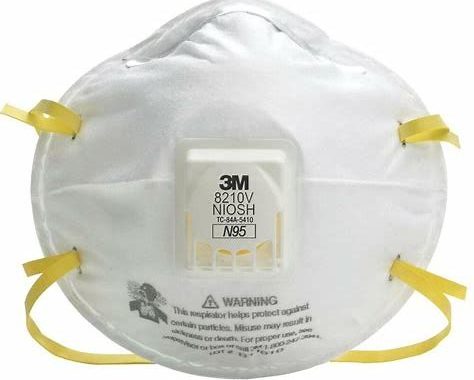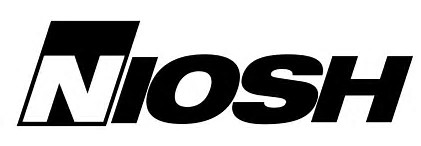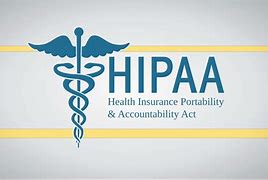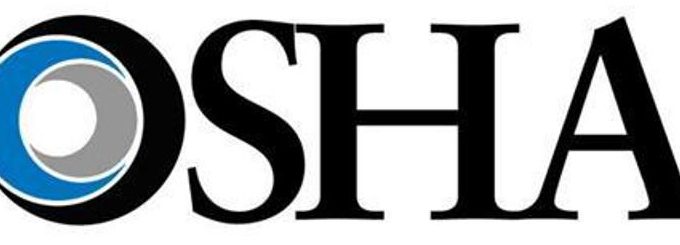As of July 1, 2024, California employers are required to have a customized written workplace…

Medical Clearance and Fit-test Procedures for N95 Masks – COVID-19
When surgical N95 respirators are necessary to protect employees, employers must implement a formal, comprehensive respiratory protection program in accordance with Cal/OSHA’s Respiratory Protection Standard (5144) and Cal/OSHA’s Aerosol Transmissible Diseases (ATD) Standard (5199). Refer to the COVID-19 Control and Prevention Plan template form, which includes the respiratory protection plan information. The plan is available to our OSHA Review Compliance Program Subscribers under Professional Documents on our website my.oshareview.com.
As part of the respiratory protection requirements, employees must be medically cleared to don a tight-fitting respirator, which includes surgical N95 masks, and the mask must be fit tested to the user. This article details the medical clearance and fit-test procedures.
Medical Clearance
Wearing a respirator can put an extra burden on the body. People with underlying medical conditions may put themselves at risk if they work while wearing one. Therefore, Cal/OSHA requires a medical evaluation before any employee can wear a respirator. There are three steps to the respirator medical clearance:
- Provide mask users with a confidential medical clearance questionnaire (Appendix B to Cal/OSHA’s ATD Standard), which must be reviewed by a licensed healthcare provider (LHP).
- Depending on the results of the questionnaire, the LHP will either clear the employee for N95 use with no restrictions or refer the employee to a follow-up, in-person medical evaluation.
- If an in-person evaluation is indicated, then following the evaluation, the employee is cleared for respirator use with no restrictions, cleared with restrictions, or isn’t cleared for any respirator usage.
Some things to consider when determining how to provide respirator medical clearance for your employees.
- If possible, contract with a LHP that specializes in occupational health (refer to online local map and search under “occupational health” or “occupational medicine”, or contact your workers’ compensation carrier for LHP options in your area). Have your employees complete the medical clearance questionnaire form and then send the completed form (making sure it remains confidential) to the LHP you have identified. The employer isn’t allowed to review the questionnaire responses, and must advise the employee where to send the questionnaire as well as provide the name of the LHP who will be reviewing it, in case the employee has questions.
- Online medical questionnaire: Employees can complete the medical questionnaire online and have a LHP review it online without having to travel to see a LHP (unless a follow-up is necessary). 3M offers an online medical evaluation that meets Cal/OSHA’s criteria. If a follow-up evaluation is necessary, then you will need to locate a LHP for the follow-up.
- You must keep a copy of the medical clearance letter in the employee’s confidential medical file for the duration of employment plus 30 years, per Cal/OSHA.
Fit Testing
If an employee is required to use a tight-fitting respirator at work, such as a surgical N95 mask, then the employee must be fit tested with the mask prior to use. Fit testing is done to be sure that the respirator’s facepiece fits the user’s face, and must be assessed at least annually (note that Federal OSHA has waived annual fit-testing requirements during the COVID-19 pandemic, but initial fit testing is still required). Fit testing can be qualitative (recommended) or quantitative. In addition, fit tests should be performed:
- Whenever a different size, style, model or make of respirator is used.
- When any facial changes occur that could affect fit, such as significant weight fluctuation or dental work.
Mask users can be fit tested in house by trained personnel (see do-it-yourself procedures below) or by an outside vendor, usually an expert in industrial hygiene or occupational safety.
Seal Check: Employees who use a tight-fitting respirator must perform a user seal check to ensure that an adequate seal is achieved each time the respirator is donned. Seal checks can be performed either by positive and negative pressure checks detailed by OSHA, or by following the respirator manufacturer’s recommended user seal check method(s).
DO-IT-YOURSELF: Cal/OSHA doesn’t require fit test administrators to be certified, just to know how to conduct a test, recognize invalid tests, and properly clean and maintain equipment. Cal/OSHA’s required fit-test procedures can be found in Appendix A of 5144. Additionally, Federal OSHA has a video demonstrating how to perform a fit test. If an employer decides to perform fit testing in-house, be sure to procure qualitative fit-testing supplies that meet Cal/OSHA requirements. Two testing agents are allowed for use for qualitatively fit-testing N95 masks:
- Saccharine – tastes sweet
- Bitrex – tastes bitter
Check Grainger for fit-testing supplies or even Amazon.
PAPRs – An Alternative to N95s
Loose-fitting powered air purifying respirators (PAPRs) are being used in some healthcare settings as an alternative to surgical N95 masks. If respiratory protection becomes the new norm in dentistry even after the COVID-19 pandemic resolves, the dental industry may want to consider their use in lieu of disposable N95 masks.
While they require an additional initial expense, there are benefits to their use:
- PAPRs do not depend on a tight seal with the face to provide protection and therefore, do not need to be fit tested. However, they do require medical clearance.
- PAPRs are reusable, and therefore can be decontaminated and then reused.
- PAPRs are more comfortable, since they are not tight-fitting.
- PAPRs are more protective than N95s, having a higher assigned protection factor (25 compared to 10).
Since 1992, OSHA Review, Inc. has provided dental professionals with comprehensive programs to support regulatory compliance and infection control. We are a registered continuing education provider in the state of California, specializing in Dental Practice Act, infection control, and OSHA training.



